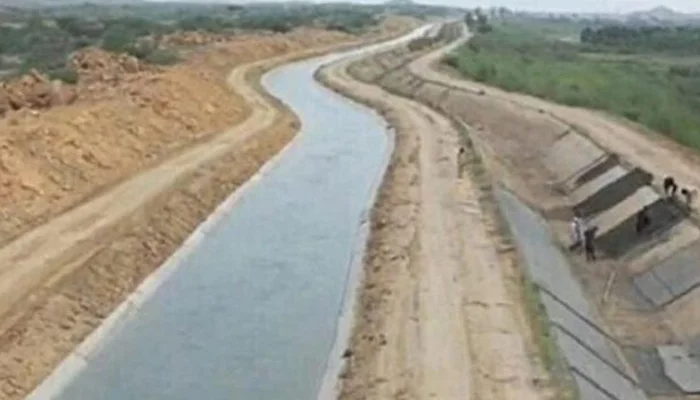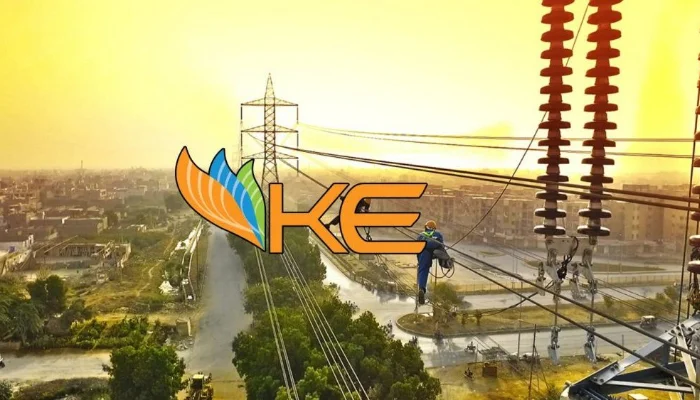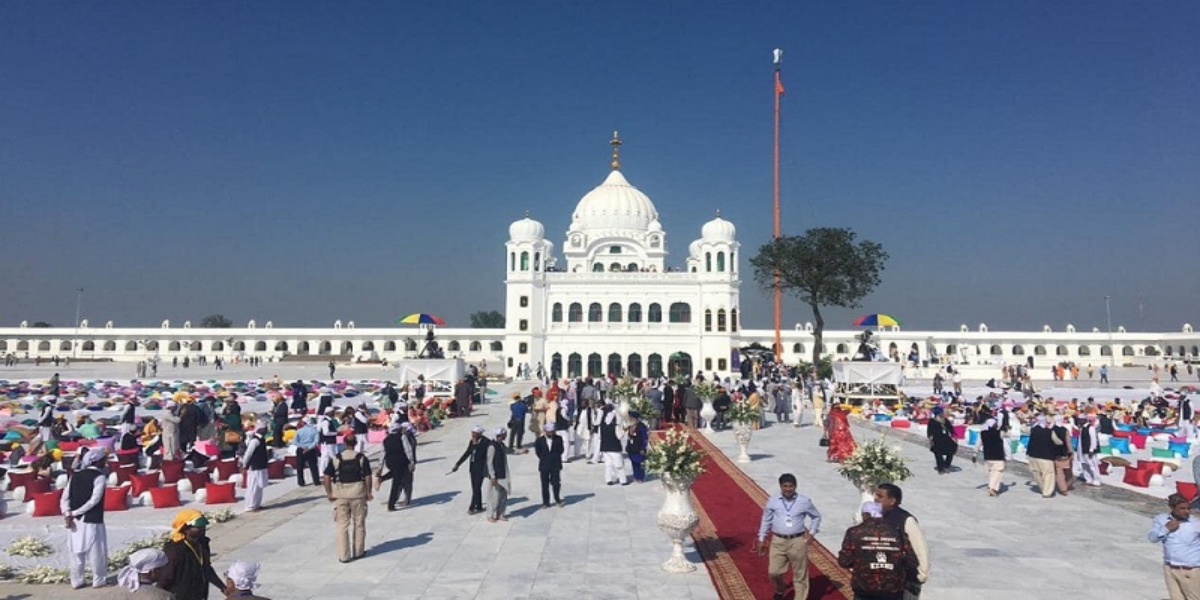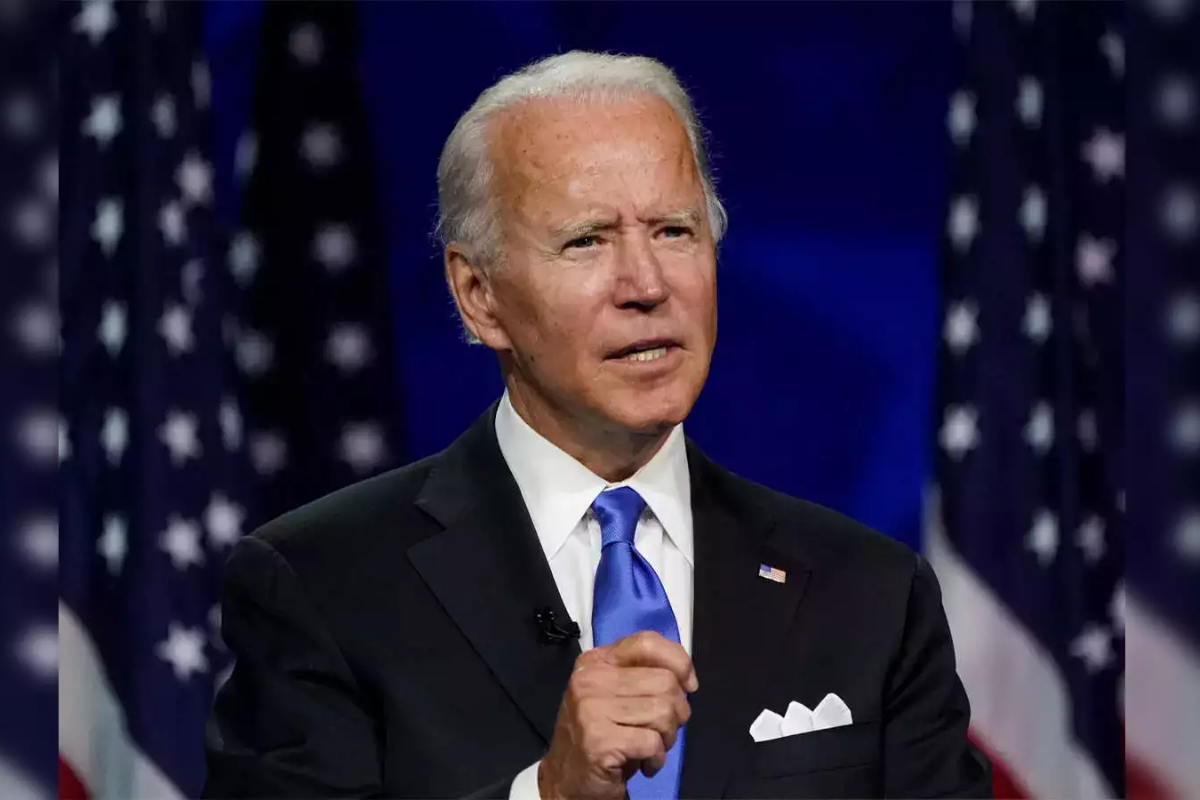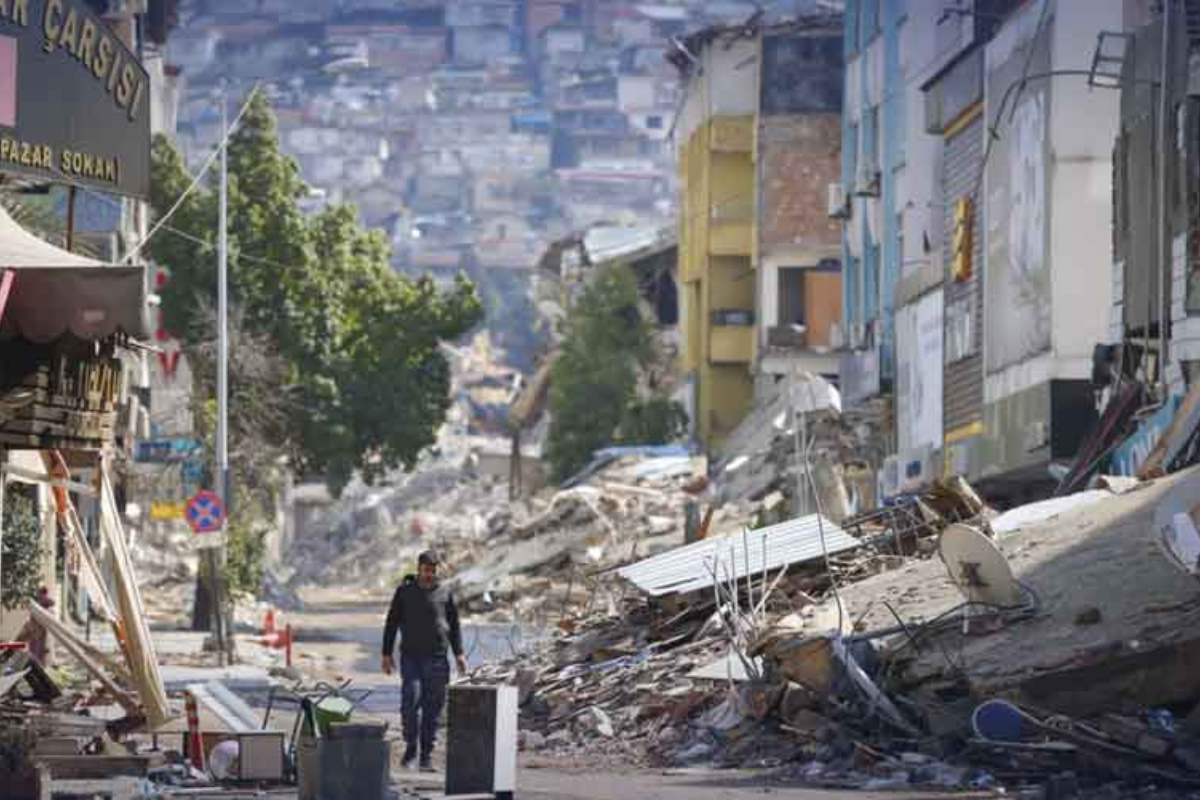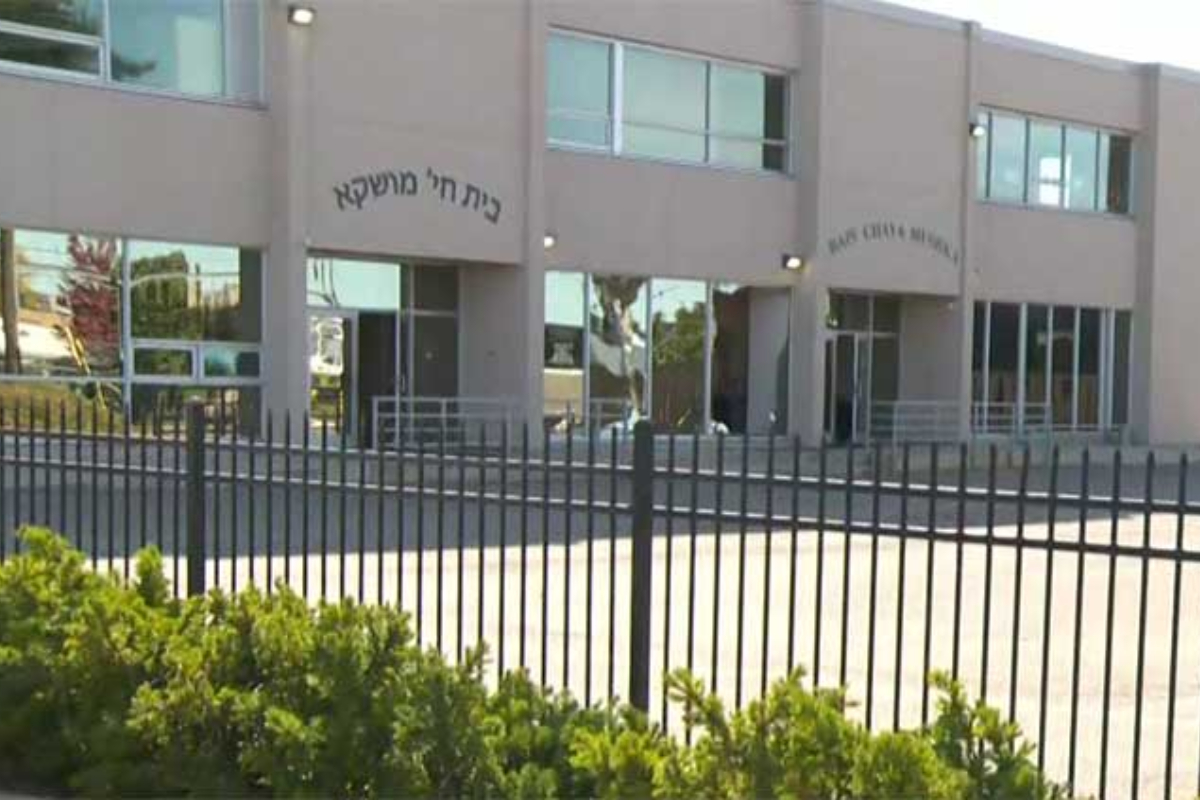- Unrest erupts on Loktak.
- It is one of India’s greatest freshwater lakes.
- The state administration ordered the removal of peaceful Indigenous homestays.
Unrest erupts on Loktak, one of India’s greatest freshwater lakes, after the state administration ordered the removal of peaceful Indigenous homestays.
The once-restive state of Manipur in northeastern India planned multimillion-dollar improvements on the 110-square-mile lake, a biodiversity hotspot and Meitei home.
Loktak Lake is more than a source of income for those who live there. Loktak Lairembi is a Meitei mother deity.
Loktak, a “wetland of international importance” under the 1971 Ramsar Convention, is home to hundreds of fish, mollusks, aquatic plants, migratory birds, and the uncommon Sangai deer.
Since 2013, it’s been a major source of money for the Meitei, who erected floating dwellings on Loktak’s thick foliage and offered them to guests.
Ramsar asks all 172 members, including India, to involve locals in wetland management.
The Loktak Development Authority (LDA) ordered the demolition of the homestays in July in the guise of safeguarding biodiversity, despite little indication that they were causing harm.
Leishi (name changed) saw her husband deconstruct their four-year-old floating homestay in Thanga, Loktak.
Leishi’s family and scores of others ran homestays for nearly a decade with state support. All 41 homestays have been razed by their owners, who faced eviction if they didn’t.
The administration has upset Loktak residents before.
In 1983, the state built the Ithai barrage on the Manipur river, which feeds into the lake, forever changing its natural processes.
Before the barrage, locals farmed and fished. Traditional “ataphum” fishing traps fish in circular enclosures made of floating vegetation.
Seasonal changes affected the lake’s water levels. Grazing cattle would break up the lake’s “phumdis” when they dropped, preventing their spread.
The barrage flooded 150,000 acres of farmland. The group had to practice “ataphum” year-round, leading to overfishing.
“We had fertile farmland. We grew organic food in abundance. Ithai’s onslaught flooded them all. Oinam Maipakchao Singh maintained a guesthouse to feed his family.
The LDA torched residences in Loktak’s “core” in 2011.
Homestays were an alternative to hotels and a new source of income for families whose livelihoods were wrecked by the barrage.
The community-led project let travelers rest on a floating island of flora. They were government-supported and entertained key officials.
Pricey. A typical homestay costs $10,000. Open year-round, they made $400 a month in June and July.
Manipur’s Loktak management plan estimates the average yearly household income at $914 to $5,375.
Most proprietors borrowed from family or moneylenders. Leishi’s family paid $14,500 on their homestay.
As they grew, the owners allegedly formed the Loktak Floating Homestay Association, Thanga, in May 2022.
Loktak locals, fishermen, and homestay proprietors protested LDA eviction notices.
Days later, the government pushed guesthouse operators to sign an agreement offering “priority in providing permits in the future to those who destroy the structures voluntarily”.
Unless the state government changed the law, the LDA’s promise of floating huts becoming legalized never materialized.
The Manipur Loktak Lake (Protection) Act, 2006 considers all lake construction encroachments.
The homestay owners say the LDA promised to release example designs and regulations before November’s Sangai tourism festival to ensure the homestays were viable and authorized.
They believe the agency was trying to placate locals while damaging their livelihoods.
S Hemanta Soren, vice president of the association, said the LDA’s verbal promise to supply regulations isn’t in the deal we signed. “They made it and asked us to sign. No negotiating.
Salam Memshaleima’s homestay family borrowed money at 7% interest. We spent money on building the homestay and now on dismantling it.
The state hasn’t offered guesthouse owners compensation, resettlement, or rehabilitation.
The government hasn’t legally registered the lake under wetland standards, which would have acknowledged people’s livelihood rights.
Environmental lawyer and researcher Malvika Kaushik said that recognizing pre-existing rights and privileges through wetland notice will prohibit the LDA from simply taking them away.
The LDA wants Loktak off the Montreux Record, a list of deteriorated Ramsar sites.
Loktak was added to the list in 1993 due to siltation, water hyacinth, and pollution.
Inclusion in the register is voluntary and carries no consequences.
Could the homestays have been changed to provide sustainable livelihoods, or were they too harmful to the lake’s ecology?
Ram Wangkheirakpam, a founder of Indigenous Perspectives, said the LDA did not conduct a scientific review before issuing the notification.
Wetlands International South Asia (WISA), a non-government organization, and the LDA created an integrated management plan in 2020.
Significantly, local people’s input in wetland management declined.
State agencies concurred. T Brajakumar, joint director of the Manipur State Wetlands Authority, said the LDA has never conducted impact assessments before acting on Loktak (MSWA).
In August, guesthouse operators asked MSWA to intervene against LDA demolition orders, but it didn’t.
“We are only the governing body responsible for executing the Wetlands Rules, 2017,” stated Brajakumar.
Thanga’s residents have no future. What if the LDA doesn’t issue designs and regulations to authorize homestays?
First time, so we compromised. Hemanta said, “Next time, we’ll protest.” “It’s hand-to-mouth. What else?
[embedpost slug=”india-rescue-operation-is-underway-to-save-a-boy-stuck-in-well”]


